Life in the Fast Lane: New Boards for the Athlon 64
Abit Fatal1ty AN8

Board Revision: 1.0
BIOS Version: 1.2
The Fatal1ty series from Abit is named after Jonathan "Fatal1ty" Wendel, one of the most successful semi-professional computer gamers. Abit has long been interested in supporting pro gamers; the company's long-term aim, it says, is to have computer gaming recognized as a sport in its own right.
The Fatal1ty AN8 is based on NVIDIA's nForce4 Ultra chipset and fully exploits its options. There are four SATA ports with a maximum bandwidth of up to 300 MB/s per line, and two UltraATA/100 channels. The board also features the Gigabit network port with hardware firewall, a total of eight ready-for-use USB 2.0 ports, three PCI slots for existing expansion cards and two x1 PCIe slots. Another slot in the same design takes Abit's AudioMAX card, which has interfaces for the 5.1 sound system.
The back panel is dominated by two 40 mm fans, which are responsible for drawing off the waste heat from the voltage transformers and the air around the CPU. It's great that both fans need only be used if needed, and that they don't make too much noise. A small fan also sits atop the nForce4, which also spins at a whisper. In every instance, our GeForce 6800 GT created the bigger racket.
Abit has kitted out the Fatal1ty board with a µGuru chip, which takes care of controlling and monitoring the system at the hardware level. In this way the Abit software under Windows enables convenient access to "AutoDrive" overclocking and fan controls. A BIOS update from within Windows is now today possible with all big brands. For good measure, Abit has also packed a FireWire chip from Texas Instruments on the board, with a port ready for use. We liked the color coding on the connector pins, and the fact that these boards are extremely suitable for overclocking; we got high clock speeds straight off the bat.
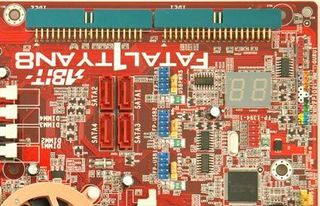
A tidy collection of interfaces.
Stay on the Cutting Edge
Join the experts who read Tom's Hardware for the inside track on enthusiast PC tech news — and have for over 25 years. We'll send breaking news and in-depth reviews of CPUs, GPUs, AI, maker hardware and more straight to your inbox.

When temperatures rise, the OTES cooling system's two fans kick in, transporting the heated air from the processor and the transformer toward the back of the case.
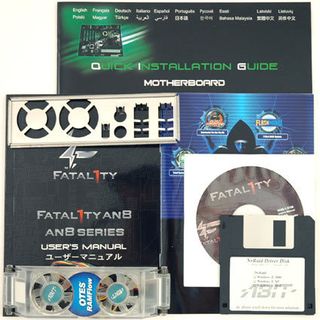
The package lacks nothing and the clearly written handbook is packed with information.
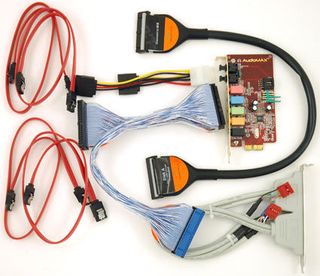
The audio module is slipped into a PCI Express-like slot and has jacks for 7.1 sound and optical digital inputs and outputs.
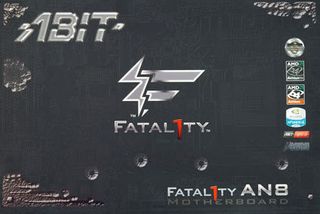
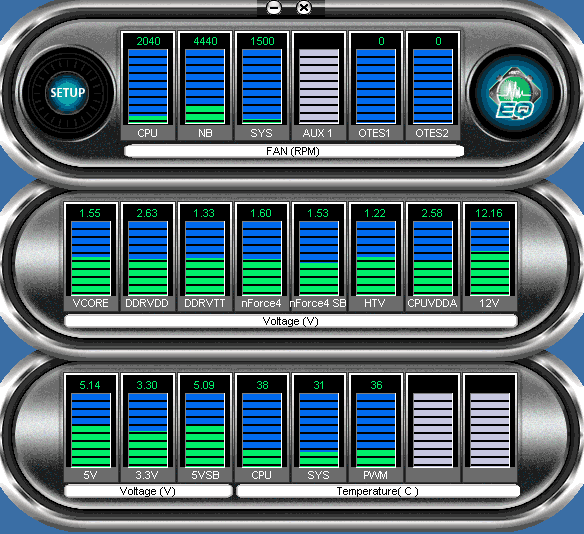
Abit EQ monitors all operating parameters.
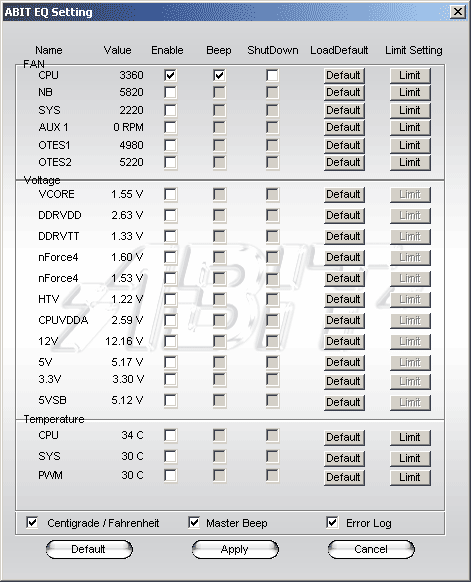
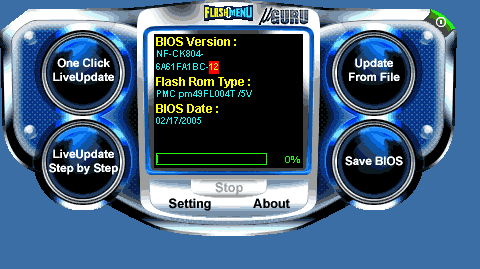
The BIOS is easily updated under Windows using this utility.

Let's go: Overclocking made easy.
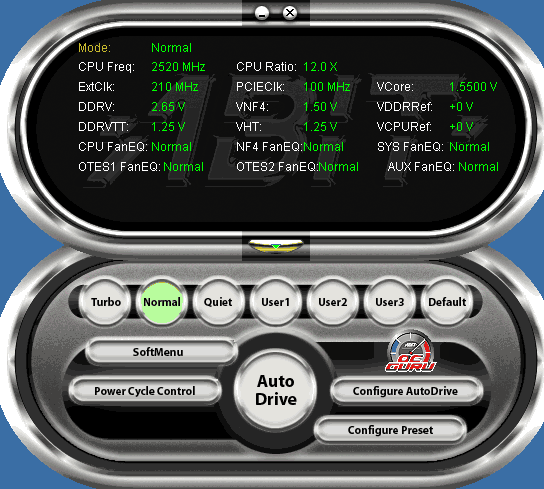
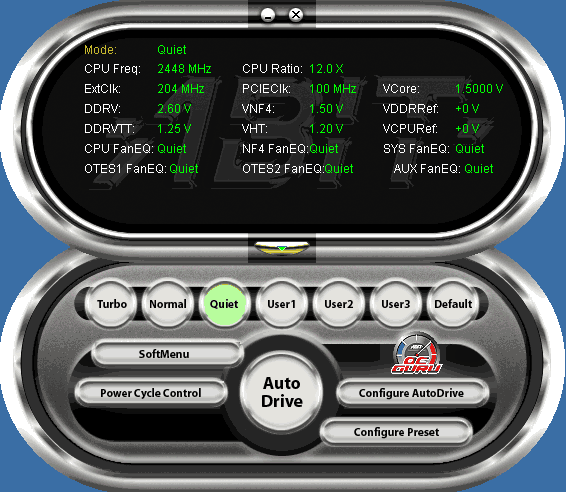

Current page: Abit Fatal1ty AN8
Prev Page AMD Plans: New Processor Socket And DDR2 For 2006 Next Page Abit AX8Most Popular

